W. Heiser, D. Pratt, D. Daley, U. Mehta1563470357, 9781563470356
Developed through course work at the U.S. Air Force Academy, and supported through funding by the NASP program and Wright Laboratory, the text emphasizes fundamental principles, guiding concepts, and analytical derivations and numerical examples having clear, useful, insightful results.
Hypersonic Airbreathing Propulsion is completely self-contained, and comes with HAP software, an extensive array of PC-based, user-friendly computer programs that enable the student to reproduce all results. Based on a great deal of original material, the text includes over 200 figures, five color plates, and 130 homework examples. Physical quantities are expressed in English and SI units throughout.
Table of contents :
Front Matter……Page 1
Foreword……Page 5
Acknowledgements……Page 8
Preface……Page 6
Table of Contents……Page 0
Nomenclature……Page 10
Table of Contents……Page 19
1.1 Introduction……Page 29
1.2 Historical Overview……Page 30
1.2.1 The Beginnings……Page 31
1.2.2 The Nord-Aviation Griffon II Turboramjet Aircraft……Page 32
1.2.3 Ramjet Powered Missiles……Page 34
1.2.4 The NASA Hypersonic Ramjet Experiment and the X-15 Rocket Research Airplane……Page 39
1.3 Looking Ahead……Page 42
1.3.1 The German Sänger Space Transportation System……Page 45
1.3.2 The United States National Aero-Space Plane……Page 48
1.4.1 Ramjet Engines……Page 50
1.4.2 Scramjet Engines……Page 51
1.4.3 Integration of Engine and Vehicle……Page 52
References……Page 54
2.1 Introduction……Page 56
2.2 Units……Page 57
2.3 Atmospheric Flight……Page 59
2.4 The Atmosphere……Page 60
2.4.2 Absolute Viscosity of Air……Page 61
2.4.4 Static Pressure of the Atmosphere……Page 62
2.4.5 Dynamic Pressure and Hypersonic Vehicle Flight Trajectories……Page 64
2.4.6 Freestream Mass Flow per Unit Area……Page 67
2.4.7 Freestream Reynolds Number……Page 68
2.4.8 Freestream Knudsen Number……Page 70
2.4.9 Representative Atmospheric Properties……Page 71
2.4.10 Caveat Designer……Page 72
2.5.1 Perfect Equilibrium and Perfect Gas Assumptions……Page 73
2.5.2 Equilibrium Behavior of Air……Page 74
2.5.2.2 Equilibrium Chemical Constituents of Air……Page 75
2.5.2.3 Equilibrium Specific Heat at Constant Pressure of Air……Page 76
2.5.2.4 Equilibrium Ratio of Specific Heats of Air……Page 78
2.6 The Governing Aerothermodynamic Equations……Page 79
2.6.1 Assumptions……Page 81
2.6.2.2 Conservation of Momentum (Newton’s Principle)……Page 82
2.6.2.4 Equations of State……Page 83
2.6.2.7 General Solution……Page 84
2.6.2.8 Calorically Perfect Gas……Page 85
2.6.2.9 Examples of Finite Control Volume Analysis……Page 86
2.6.3 General Differential Control Volume Analysis……Page 97
2.6.3.2 Conservation of Momentum (Newton’s Principle)……Page 98
2.6.3.4 General Solution……Page 99
2.6.3.5 Calorically Perfect Gas……Page 100
2.6.3.6 Examples of Differential Control Volume Analysis……Page 101
2.6.5 Aerothermodynamics of Scramjets and Ramjets……Page 109
2.7 Computational Fluid Dynamics……Page 113
2.7.1 The Role of CFD in Design and Analysis……Page 114
2.7.2.1 Computational Uncertainties……Page 117
2.7.2.2 Fluid Dynamics Uncertainties……Page 118
2.7.2.3 Human Element Uncertainties……Page 119
2.7.3 Credibility of Design……Page 120
2.8 Defining Hypersonic Flow……Page 125
References……Page 127
Problems……Page 129
3.2 Airbreathing Engine Performance Measures……Page 136
3.2.2 Specific Fuel Consumption……Page 137
3.2.4 Fuel/Air Ratio……Page 138
3.2.5 Airbreathing Engine Overall Efficiency……Page 139
3.2.5.1 Thermal Efficiency and Propulsive Efficiency……Page 141
3.2.6 Performance Measure Interrelationships……Page 142
3.2.7 Airbreathing Engine Performance Measure Examples……Page 143
3.3 Rocket Performance Measures……Page 145
3.4 Aerospace System Performance Measures……Page 146
3.4.1.1 Hypersonic Cruise Aircraft: Airbreathing Propulsion……Page 147
3.4.1.2 Hypersonic Cruise Aircraft: Rocket Propulsion……Page 150
3.4.1.3 Transatmospheric Vehicles: Airbreathing Propulsion……Page 152
3.4.1.4 Transatmospheric Vehicles: Rocket Propulsion……Page 157
3.4.2 Empty Mass Fraction……Page 158
3.4.3 Initial Mass Ratio……Page 160
3.4.4.1 Hypersonic Cruise Aircraft: Airbreathing Propulsion……Page 162
3.4.4.2 Transatmospheric Vehicles: Airbreathing Propulsion……Page 163
3.4.5 Multiple-Stage Vehicles……Page 164
3.5 Recapitulation……Page 169
Problems……Page 170
4.1.1 Engine Reference Station Designations……Page 176
4.2 Thermodynamic Closed Cycle Analysis……Page 177
4.2.1 Thermodynamic Cycle Efficiency……Page 181
4.2.2 Maximum Allowable Compression Temperature……Page 184
4.2.3 Required Burner Entry Mach Number……Page 185
4.2.4.2 Propulsive Efficiency……Page 187
4.2.4.5 Some General Conclusions……Page 188
4.3.1 Thermodynamic Process Assumptions……Page 190
4.3.2 Thermodynamic Process Analyses……Page 191
4.3.3.1 Influence of Cycle Static Temperature Ratio……Page 195
4.3.3.2 Influence of Fuel Heating Value……Page 198
4.3.3.3 Influence of Thermodynamic Process Efficiencies……Page 199
4.4.1 Uninstalled Airbreathing Engine Thrust……Page 200
4.4.2 Component Analysis……Page 202
4.4.3 Stream Thrust Analysis Results……Page 207
4.4.3.1 Influence of Cycle Static Temperature Ratio……Page 208
4.4.3.3 Influence of Thermodynamic Process Efficiencies……Page 209
4.4.3.4 Influence of Constant Area Combustion……Page 210
4.4.3.5 Influence of Fuel Mass Addition……Page 212
4.4.3.6 Influence of Exhaust Pressure……Page 213
4.4.3.7 Influence of Freestream Velocity……Page 214
4.4.4 Composite Scramjet Example Case……Page 216
4.5 Status Assessment……Page 219
Problems……Page 220
5.2 Compression Components……Page 224
5.2.1 Typical Compression Component Configurations……Page 225
5.3 Compression Component Analysis Overview……Page 228
5.4.1 Total Pressure Ratio……Page 231
5.4.2 Kinetic Energy Efficiency……Page 233
5.4.3 Dimensionless Entropy Increase……Page 235
5.5.1 Compression Component Flowfield Analysis……Page 237
5.5.2 Adiabatic Compression Efficiency……Page 243
5.5.3 Influence of Boundary-Layer Friction……Page 244
5.5.4 Experiential Information……Page 249
5.5.5 Determining Compression Efficiency from Global Measurements……Page 253
5.5.6 Influence of Heat Transfer on Compression Efficiency……Page 258
5.6 Burner Entry Pressure……Page 259
5.7.1 Leading-Edge Oblique Shock Wave Geometry……Page 262
5.7.2 Shock – Boundary Layer Separation……Page 264
5.7.3 The Inlet Flow Starting Process……Page 269
5.7.4 Inlet Unstart……Page 277
5.7.5 Inlet Isolators……Page 278
5.7.6 Maximum Contraction Ratio……Page 283
5.8 Compression Component CFD Examples……Page 284
5.8.1 A Study of Sidewall-Compression Inlets……Page 285
5.8.2 Chemical Status of Exit Flow……Page 290
References……Page 293
Problems……Page 294
6.1 Introduction……Page 303
6.1.1 Combustion Stoichiometry……Page 304
6.2.1 Basic Concepts and Definitions……Page 306
6.2.2 Fuel-Air Mixing in Parallel Streams……Page 307
6.2.2.1 Zero-Shear Mixing Layer……Page 309
6.2.2.2 Laminar Shear/Mixing Layer……Page 312
6.2.2.3 Turbulent Shear/Mixing Layer……Page 313
6.2.3 Quantitative Measures of Local “Goodness” of Mixing……Page 315
6.2.4 Time-Averaged Characteristics of a Turbulent Shear Layer……Page 318
6.2.4.1 Density Effects on Shear Layer Growth……Page 321
6.2.5 Mixing in a Turbulent Shear/Mixing Layer……Page 323
6.2.5.2 Gas Composition Within the Mixing Layer……Page 325
6.2.6 Axial Mixing “Efficiency”……Page 328
6.2.7 Mixing with Normal Fuel Injection……Page 331
6.2.8.1 Axial Vorticity in the Fuel Stream……Page 333
6.2.8.2 Axial Vorticity in the Airstream……Page 334
6.2.8.3 A Mixing Efficiency Model for Axial Vortex Mixers……Page 337
6.2.9 Summary of Fuel-Air Mixing……Page 338
6.3.1 Equilibrium Concepts and Definitions……Page 339
6.3.2 Thermodynamic Equilibrium of Ideal Gas Mixtures……Page 341
6.3.2.1 Adiabatic Flame Temperature (AFT)……Page 344
6.3.3 Chemical Kinetics……Page 347
6.3.3.1 Kinetic Rate Constants and the Equilibrium Constant……Page 349
6.3.4 Physical and Computational Scenario for Isobaric Batch Reaction……Page 351
6.4 Combined Mixing and Chemical Kinetics……Page 353
6.4.1 “One-Dimensionalized” Axial Variation of Properties……Page 356
6.4.2 Axial Combustion “Efficiency”……Page 357
6.5 Aerothermodynamics of the Combustion System……Page 358
6.5.1 The Dual-Mode Combustion System……Page 360
6.5.1.1 Ramjet Mode (Subsonic Combustion)……Page 361
6.5.1.3 Transition from Scramjet to Ramjet Mode……Page 362
6.5.2 Cause and Effect Within the Dual-Mode System……Page 365
6.5.3 Control Volume Analysis of the Isolator……Page 368
6.5.4 One-Dimensional Flow Analysis of the Burner……Page 372
6.5.4.1 Generalized One-Dimensional Flow……Page 373
6.5.4.2 Frictionless Constant-Area Burner……Page 376
6.5.4.3 Frictionless Constant-Pressure Burner……Page 377
6.5.4.4 Establishing a Choked Thermal Throat……Page 378
6.5.5.2 Scramjet with Oblique Shock Train……Page 381
6.5.5.3 Constant-Area Scramjet with Oblique Shock Train……Page 382
6.5.5.4 Constant-Area Ramjet with Normal Shock Train……Page 384
6.5.5.5 Variable-Area Ramjet with Normal Shock Train……Page 386
6.5.6 Interpretation of Experimental Data……Page 388
6.5.6.1 Billig’s Experimental Wall Pressure Measurements……Page 391
6.5.6.2 Billig’s “Entropy Limit” for Nonreacting Flow……Page 396
6.6 Burner Component CFD Examples……Page 397
6.7 Closure……Page 404
References……Page 406
Problems……Page 409
7.2.1 Ideal Hypersonic Nozzle Configurations……Page 412
7.2.2 Hypersonic Expansion System Configurations……Page 416
7.3 Ideal Expansion Component Analysis……Page 417
7.4 Expansion Component Performance……Page 424
7.5.1 Total Pressure Ratio……Page 429
7.5.2 Velocity Coefficient……Page 430
7.5.3 Dimensionless Entropy Increase……Page 432
7.5.5 Experiential Information……Page 433
7.5.7 Gross Thrust Coefficient……Page 436
7.5.8 Net Thrust Coefficient……Page 437
7.5.9 Accounting for Nonequilibrium Chemistry……Page 439
7.6 Expansion Component CFD Example……Page 443
Problems……Page 448
8.2.1 Stream Thrust Analysis Modifications……Page 453
8.2.2 Stream Thrust Analysis Results……Page 455
8.3 Performance Estimation via Kinetic Energy Efficiency……Page 458
8.4 Installed Airbreathing Engine Thrust……Page 462
8.4.1 Isolated or Podded Airbreathing Engines……Page 464
8.4.2 Integral Airbreathing Engines……Page 466
8.4.3 Additive Drag and External Drag……Page 467
8.5 Thrust Augmentation……Page 469
8.5.1.1 Ideal Ejector Ramjet Analysis……Page 470
8.5.2 External Burning……Page 475
8.5.3 Fuel and Oxidizer Enrichment……Page 479
8.6 Combined Cycle Airbreathing Engines……Page 480
8.6.1 The Turbo Ramjet……Page 481
8.6.1.1 Ideal Turbo Ramjet Analysis……Page 482
8.6.1.2 Ideal Turbo Ramjet Performance……Page 486
8.6.1.3 The Turbo Ramjet Rocket……Page 487
8.6.2 The Liquid Air Cycle Engine……Page 488
8.6.2.1 The Heat Exchange Process……Page 489
8.6.2.2 Ideal Liquid Air Cycle Engine Performance……Page 492
8.6.3 The Inverse Cycle Engine……Page 494
References……Page 496
Problems……Page 497
9.2.1 Convective Heat Transfer……Page 503
9.2.1.1 The Eckert Reference Enthalpy Method……Page 506
9.2.1.2 Summary of Results……Page 512
9.2.1.3 Convective Heat Transfer Enhancement……Page 514
9.2.1.4 Design Considerations……Page 519
9.3 Thermal Stress……Page 521
9.3.1 Material Properties……Page 524
9.3.3 Wall Temperature Drop……Page 527
9.4 System Cooling Requirements……Page 529
9.4.1 Fuel Properties……Page 531
9.4.2 Endothermic Fuels……Page 532
9.5 Environmental Impact……Page 534
9.5.1 Low Altitude Operations……Page 535
9.5.2.1 Sonic Booms……Page 536
9.5.2.2 Stratospheric Ozone Depletion……Page 538
9.6 Engine Subsystems……Page 541
9.7 Vehicle Stability and Control……Page 545
9.8 Hypersonic Airbreathing Propulsion Testing……Page 550
9.8.1 Continuous Flow Ground Testing……Page 552
9.8.2 Short Duration Ground Testing……Page 558
9.8.3 Pulsed Flow Ground Testing……Page 561
9.8.4 Magnetohydrodynamic Accelerators……Page 563
9.8.5 Flight Testing……Page 564
9.8.6 Instrumentation……Page 565
9.8.7 CFD Example: The Free-Piston Shock Tunnel……Page 566
9.8.8 Quo Vadis?……Page 568
9.9 Oblique Detonation Wave Propulsion……Page 569
9.9.1 ODWE Theory……Page 570
9.9.2 The Ram Accelerator……Page 575
9.10 Journey’s End……Page 576
References……Page 577
Problems……Page 579
A.1 Basic Definitions and Constants……Page 587
A.2 Unit Conversion Factors……Page 588
B.1 British Engineering (BE) Units……Page 589
B.2 Système International (SI) Units……Page 592
Color Plates……Page 594
C……Page 599
E……Page 601
F……Page 602
M……Page 603
S……Page 604
W……Page 605
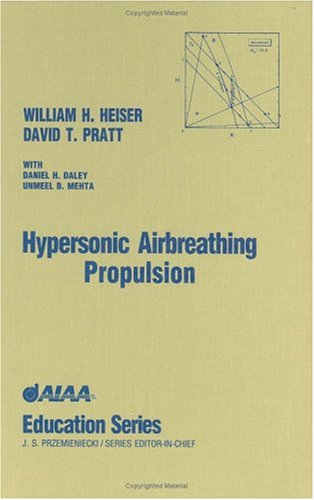
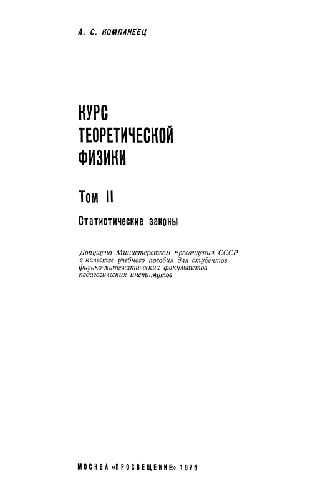
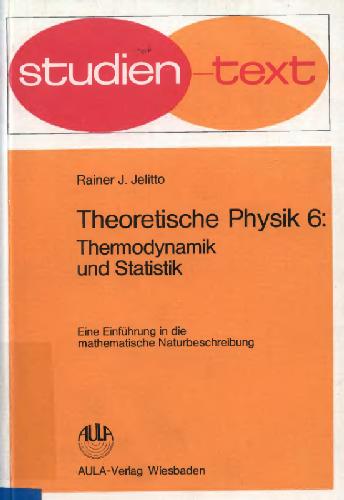
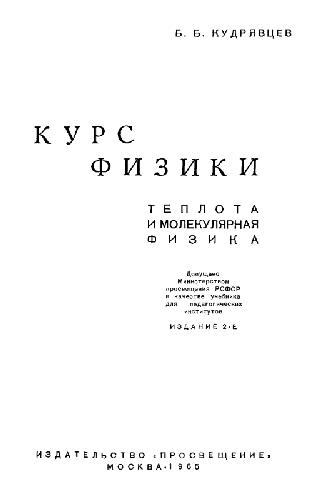
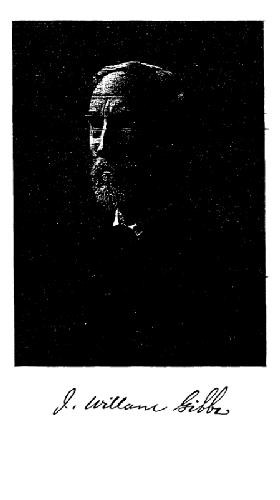
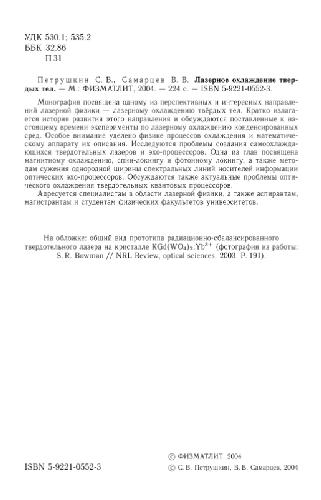
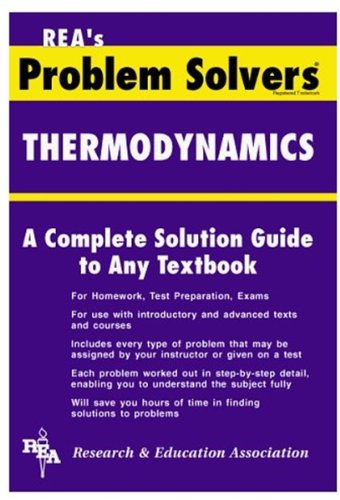
Reviews
There are no reviews yet.